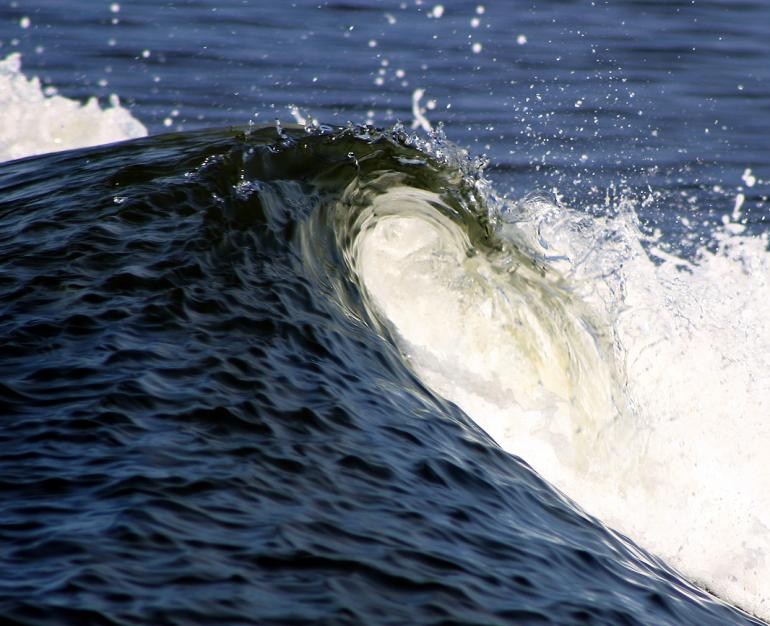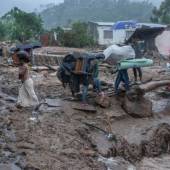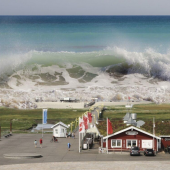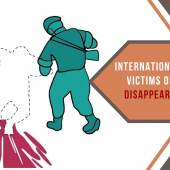World Tsunami Awareness Day

Tsunami is as deadly as atomic bombs. Knowledge of the history of tsunamis in one’s area is a good indicator of what is likely to happen in a future tsunami event.
Tsunamis may be more like a very rapidly rising tide. This may be accompanied by much underwater turbulence, sucking people under and tossing heavy objects around. Entire beaches have been stripped away by tsunamis.
Signs before a tsunami should be made known to the public. An earthquake is a natural tsunami warning. If a person feels a strong quake he/she should not stay in a place where he/she is exposed to a tsunami. If one hears of an earthquake, one should be aware of the possibility of a tsunami and to listen to the radio or television for additional information.
Witnesses have reported that an approaching tsunami is sometimes preceded by a noticeable fall or rise in the water level. If someone sees the ocean withdrawing unusually rapidly, it's a sign that a big wave is on its way. One should go to high ground immediately.
Many people were killed by the Indian Ocean tsunami because they went down to the beach to view the retreating ocean exposing the seafloor. Experts believe that a withdrawing ocean may give people as much as five minutes warning to evacuate the area.
A tsunami is a series of waves, and that the first wave may not be the most dangerous. The danger from a tsunami can last for several hours after the arrival of the first wave. A tsunami wave like a train may come as a series of flows that are five minutes to an hour apart. The cycle may be marked by a repeated retreat and advance of the ocean. Many people were seen being swept out to sea when the ocean retreated.
A tsunami surge may be small at one point of the shore and large at another point a short distance away. One should not assume that because there is minimal sign of a tsunami in one place it will be like that everywhere else.
Tsunamis can travel up rivers and streams that lead to the ocean. People should stay away from rivers and streams that lead to the ocean as they would stay away from the beach and ocean if there is a tsunami.
It's always a good idea to keep a store of emergency supplies that include sufficient medications, water, and other essentials sufficient for at least 72 hours. Tsunami, earthquake, hurricane—an emergency can develop with little or no warning.
The date for the annual observance of the World Tsunami Awareness Day was chosen in honour of the Japanese story of “Inamura-no-hi”, meaning the “burning of the rice sheaves”.
During an 1854 earthquake, a farmer saw the tide receding, a sign of a looming tsunami. He set fire to his entire harvest to warn villagers, who fled to high ground. Afterwards, he built an embankment and planted trees as a buffer against future waves.
Rapid urbanization and growing tourism in tsunami-prone regions are putting ever-more people in harm’s way.
The UN General Assembly has called on all countries, international bodies and civil society to observe the day, in order to raise tsunami awareness and share innovative approaches to risk reduction.
Radio Veritas Asia (RVA), a media platform of the Catholic Church, aims to share Christ. RVA started in 1969 as a continental Catholic radio station to serve Asian countries in their respective local language, thus earning the tag “the Voice of Asian Christianity.” Responding to the emerging context, RVA embraced media platforms to connect with the global Asian audience via its 21 language websites and various social media platforms.














